The Photo Annual is on the newsstands, and across the U.S., winter is gearing up. To keep that stoke rolling, we present “Far Out,” a new web series where some of our contributing photographers share their wildest and most remote assignments over the year.
Salt Lake, Utah-based photographer Jim Harris has built a portfolio of high-altitude badassery. And with trips to Antarctica, Mongolia and Patagonia checked off the bucket list, Harris is no stranger to traveling to the unknown to get the shot. For this edition, Harris talks about a trip to Bolivia, which came to fruition after he was contracted in 2010 for the Sweetgrass Productions film “Solitaire,” his first video shoot. The team landed in the capital, La Paz, with little beta and no shortage of excitement. But after a few weeks of filming, Harris summarized the trip as a “sufferfesty” learning experience. Here’s what he had to say.
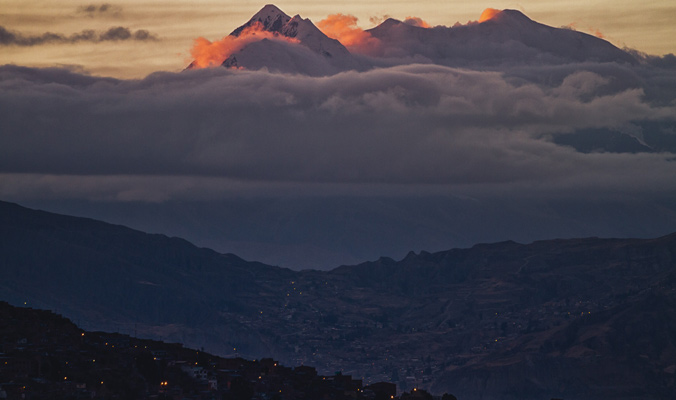
Sunrise on Illimani, Bolivia above La Paz.
In 2010, Sweetgrass productions started working on “Solitaire.” They set out to film a ski movie set entirely in South America. At the time, I had never been published. I was an amateur photographer doing mountain-guiding work, outdoor education and generally being a ski bum. At some point, I don’t even remember how the connection was made, but someone suggested that I could go work for Sweetgrass on this project.

A thunderstorm rolls in over the Bolivian Andes.
Sweetgrass contacted me and asked if I wanted to go film in Bolivia. I was pretty straightforward with them and said, “Hey, I’m definitely interested, but I’ve never shot video before.” And I remember Ben Sturgulewski saying something along the lines of, “Well, as long as you have the rope skills, we can teach you the camera work.” So they hired me, because I had a background in glacier travel and working with ropes, and I went down to Bolivia.

Our transport to the mountains in the Sajama district.
Bolivia seemingly has the highest percentage of indigenous population of any South American country. It seems less influenced by colonial culture than in other South American countries I’ve traveled through. There is a lot of traditional dress and the people and culture were really colorful and vibrant, but the landscape itself was rugged.

The caretaker of a Bolivian refugio.

Many towns had no municipal garbage collection, and the result was plastic tumbleweeds for miles on end.
La Paz, Bolivia’s capital, sits at about 12,000 feet, and we only went uphill from there into the Andes. We were there in mid-summer, which is their dry season. It’s equatorial, so the window to ski soft snow is limited, and even at 19,000 feet, it has a fairly tropical climate. They have a distinct dry and wet season, not the spring, summer, fall, winter sequence that we experience here in the U.S.

While the texture of the snow left a little to be desired, the views did not.
I ended up doing a bunch of the trip planning, being more Type A than the other guys on the trip. There were no guidebooks and not much beta on the Internet, but I was able to track down this guy, an American expat, who had lived in La Paz for a decade and had made some solo first ascents. But other than that, resources were pretty slim.
We skied a couple different zones, namely Huayna Potosí and a volcano called Pomerape, using La Paz as a homebase. We would go on five- to seven-day missions, come back to town and resupply.
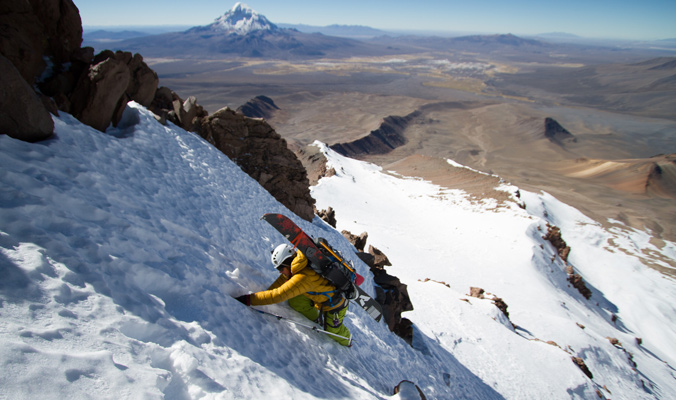
Ski-mountaineering skills were a necessity in the Bolivian mountains.
We started the project in South America’s winter, but we were oblivious to the fact that Bolivia was pretty far into its dry season, which meant that it was rare to ski soft snow, or even smooth snow.
Huayna Potosí is a 19,000-foot peak about an hour outside of La Paz and is very commonly hiked by tourists on two- to three-day guided trips. So there is a fair amount of beta for the peak, and it might be skied a handful of times in a year, whereas everything else in Bolivia either isn’t skied or is skied only very occasionally.

A view of a graveyard below Huayna Potosi.
We skied snow that was covered with penitentes, which are these little stalagmites that form on the snow through the process of high-elevation sublimation and leaves behind these little spikes of snow. The penitentes were one- to four-inches high, and created this really strange bristly texture; teeth-chattering skiing.

Alan Schwer skis the best snow of the trip. Still a bit teeth-chattering.
I remember my face going numb from the intensity of the vibrations, and I’d have to stop and ski down every couple hundred vertical feet. My hands and feet, every part of me, would just be overcome with this weird numb sensation from this intense vibration. Trying to ski down this horribly chattery icy snow didn’t make for great ski segments; it was almost impossible to charge on skis. We just skied delicately and dug our edges in to cheese grate down the ice.

Kyle Miller rides from 20,401 feet on Volcan Pomarape.
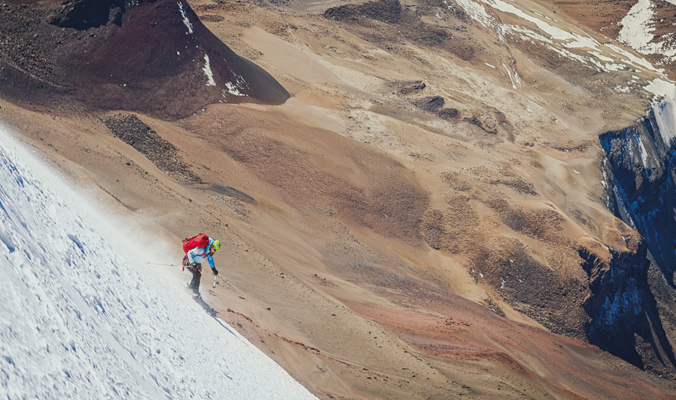
Kim Havell rides the line between snow and dirt.

The snow, much like the landscape, was pock-marked and undulating.
It was clear we were certainly not skiing Alaskan heli lines or skiing anything fast. But we skied the French Direct route on Huayna Potosi which had a sustained 50-degree pitch for a couple thousand vertical feet, starting at around 19,600 feet.
The trip was definitely a learning curve. Video works visually in such a different way than still photography. With video, you can have a shot or a close-up of somebody skinning by, and that just becomes one little image in a bigger montage of people climbing uphill. But that same close-up of somebody’s boots skinning in a photograph isn’t that interesting in video; it doesn’t portray the same sense of place. It took me some time to adjust to close up shots that I didn’t do as much with a still photography, but they worked really well for a video montage.

The refugio on Huyana Potosi, Bolivia.
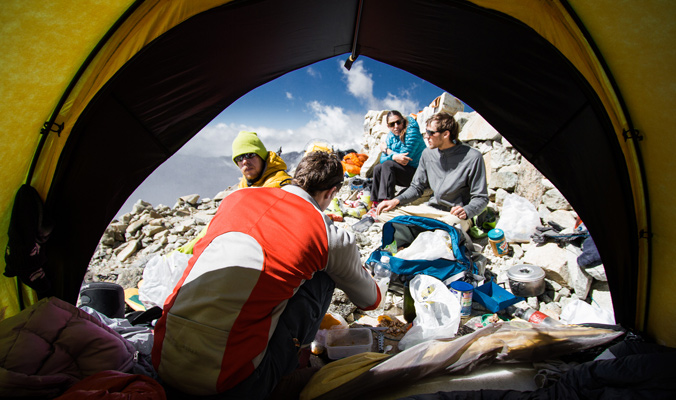
Lunchtime in the Andes.
Overall the trip was intense and stressful. It really hit home how different an assignment trip can be from a personal trip. I had done a lot of traveling with friends, but work trips don’t necessarily equal fun trips, which was a little bit startling to me at the time. I have a lot of really fond memories from Bolivia in hindsight, but aspects of it were pretty sufferfesty. I learned a lot on that trip.
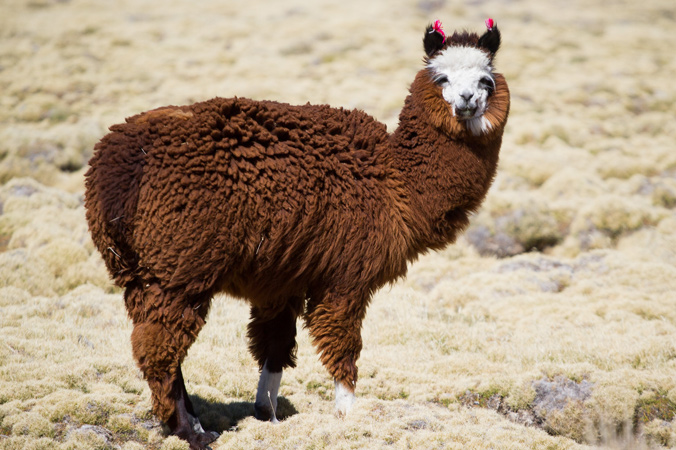
An Alpaca stands easily on the rough landscape. The dyed yarn attached to its ears identifies ownership.


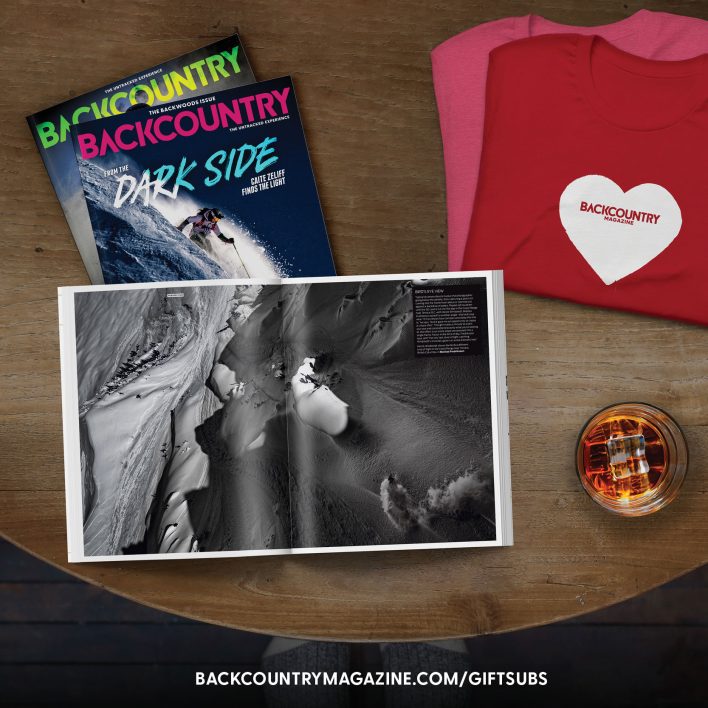







Related posts: